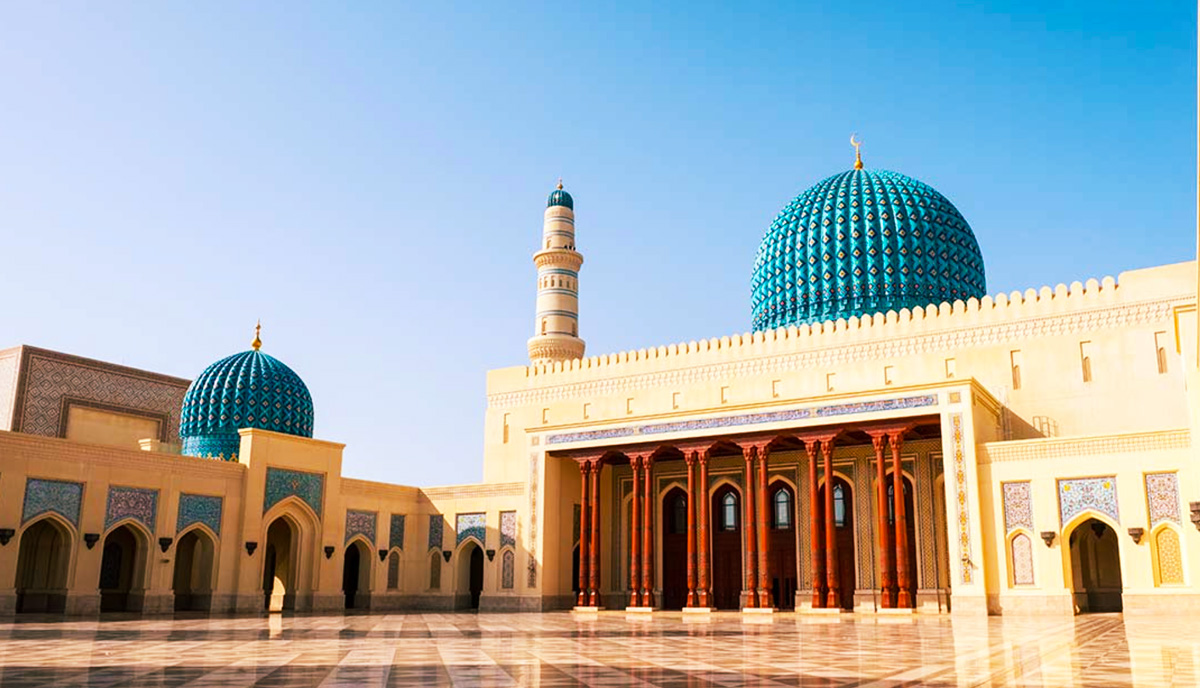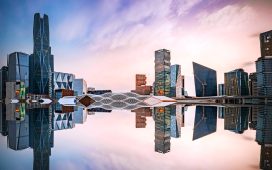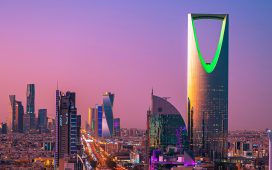Nestled between Oman’s rugged Al Hajar Mountains and the sparkling Arabian Sea, Muscat is a city that defies expectations. Unlike the gleaming skyscrapers of its Gulf neighbors, Muscat embraces a quieter grandeur—whitewashed houses, elegant mosques, bustling souqs, and a coastline of endless beauty. It’s a city of tradition and refinement, where history is felt in the forts and palaces, and nature surrounds you with both desert and sea. Muscat is more than a gateway to Oman—it’s a destination that immerses you in a blend of culture, charm, and timeless hospitality.
History

Muscat’s history is not just a tale of dates and rulers—it’s the story of resilience, adaptation, and maritime power. For millennia, this city served as a crossroads of cultures, where traders from India, Persia, Africa, and Europe converged. The scent of frankincense wafted through its markets, while its harbors saw ships laden with spices, silks, and treasures of the East. The imposing forts that still stand testify to the battles with Portuguese occupiers and the rise of Oman as a naval force. As the capital of Oman, Muscat grew into a place where tradition was carefully preserved, even as the city opened itself to the outside world. Today, its heritage lives on not only in monuments but in daily life, from the designs of its mosques to the rhythm of its souqs.
Landmarks & Architecture
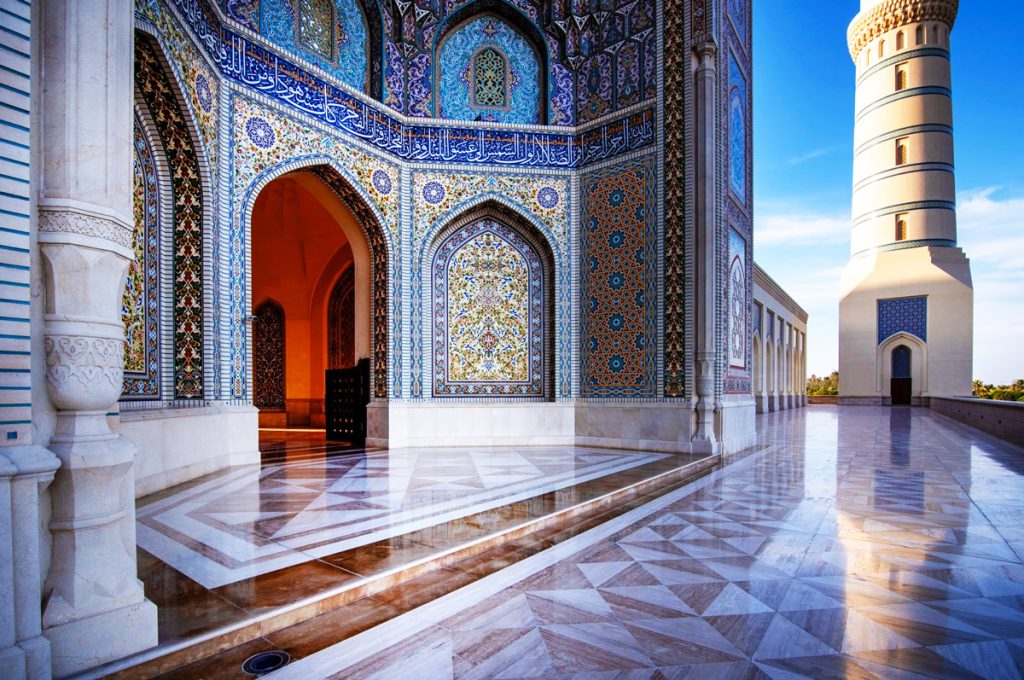
Muscat’s architectural identity sets it apart in the Gulf. Here, there are no towering skylines or glittering glass towers; instead, the city is defined by its subtle elegance and harmonious aesthetic. Omani law requires buildings to reflect traditional styles, resulting in an urban landscape of whitewashed facades, domes, and arches, all framed by the dramatic backdrop of mountains and sea. Walking through Muscat feels like stepping into a living museum—fortresses guarding the harbor, mosques that combine artistry with spirituality, and palaces that symbolize centuries of royal tradition. Each landmark is a statement, not of excess, but of pride in heritage and balance with nature.

- Sultan Qaboos Grand Mosque: A modern masterpiece and one of the world’s largest mosques, adorned with a spectacular chandelier and Persian carpet.
- Al Jalali & Al Mirani Forts: Guarding the harbor, these 16th-century forts offer striking views and a glimpse into the city’s military past.

- Royal Opera House Muscat: A hub for culture and the arts, with architecture that combines Omani heritage with refined grandeur.
- Al Alam Palace: The ceremonial palace of the Sultan, with blue and gold facades that feel almost regal against the old harbor.
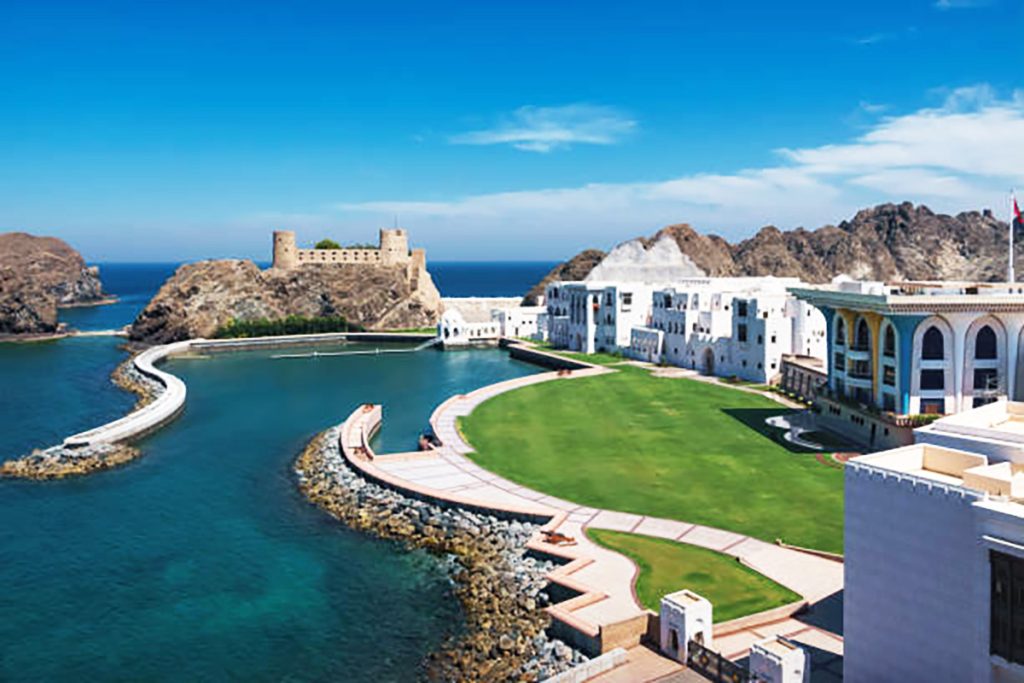
Museums & Culture
To understand Muscat, you must immerse yourself in its cultural spaces. The city’s museums are more than repositories of artifacts—they’re storytellers, bridging Oman’s ancient roots with its modern achievements. Each museum offers a different perspective: the grandeur of the National Museum, the intimate details of private collections, and the cross-cultural exchanges reflected in historic homes. Visiting them is not simply about learning facts; it’s about feeling connected to the Omani spirit of resilience, artistry, and openness to the world. These spaces are quiet yet powerful reminders of how deeply Muscat values its traditions.
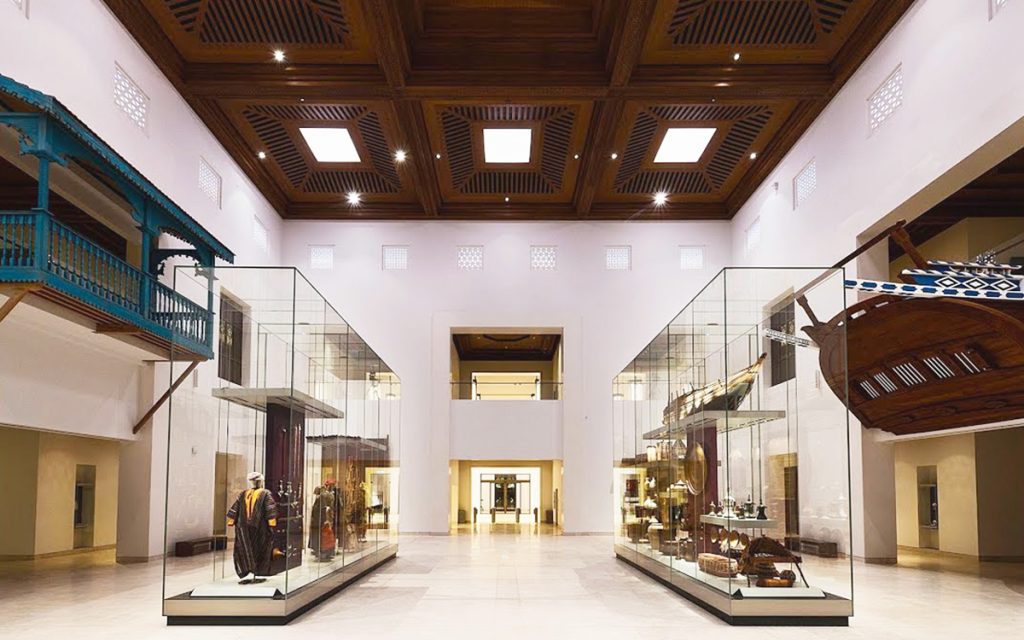
- National Museum of Oman: A state-of-the-art showcase of Omani history, from prehistoric artifacts to maritime trade.
- Omani French Museum: Housed in a historic building, it reveals the ties between Oman and France across centuries.
- Bait Al Zubair Museum: A private collection featuring Omani weaponry, costumes, jewelry, and household items.
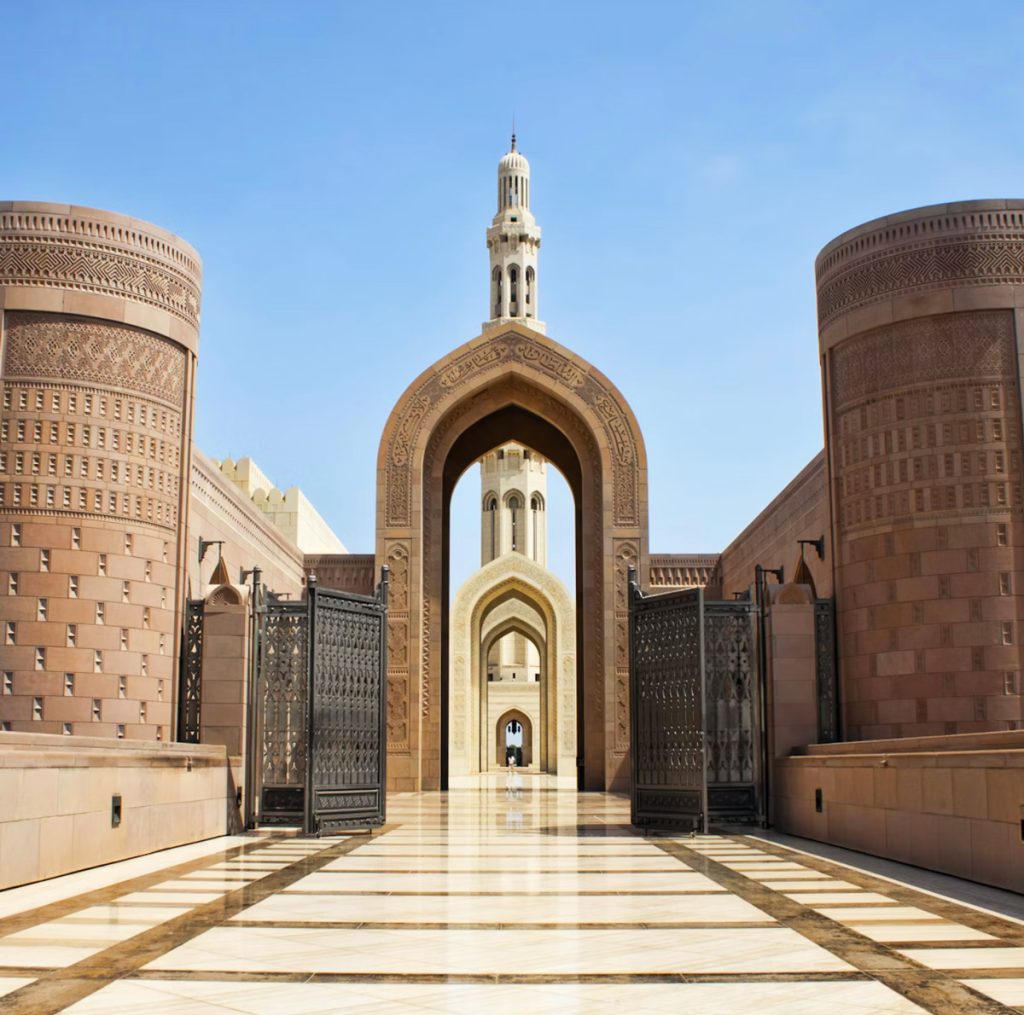
Spotlight: Nizwa – The Old Capital of Oman
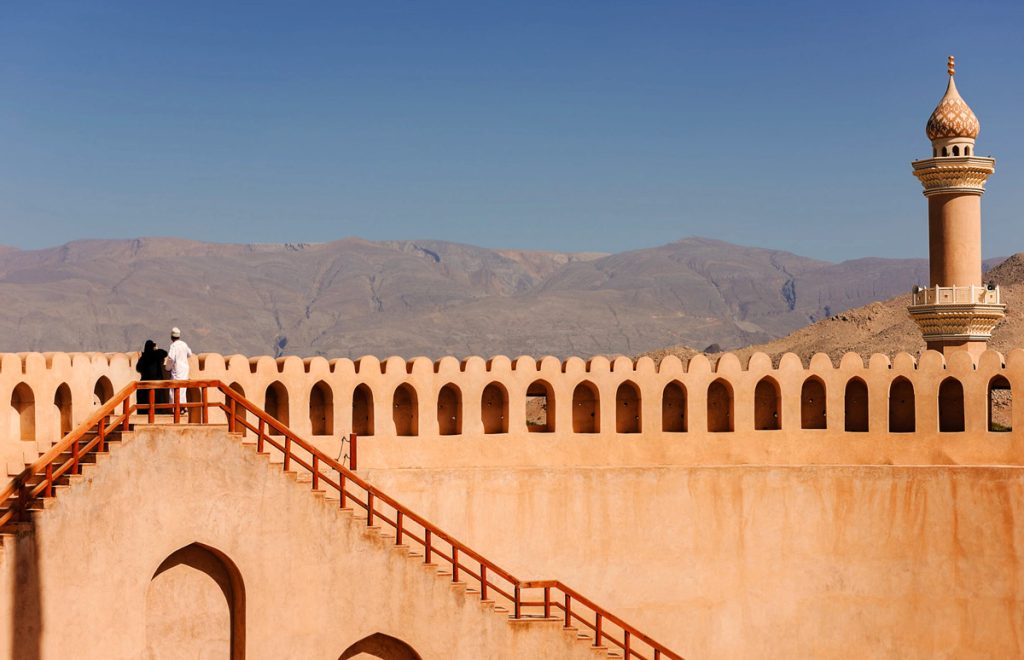
Once the beating heart of Oman’s politics, culture, and religion, Nizwa is a city where history feels alive in every corner. Just a short drive from Muscat, this ancient capital transports you back to a time when caravans of traders and scholars passed through its gates. Its mix of vibrant markets, stunning fortifications, and spiritual landmarks makes Nizwa one of the most rewarding excursions from Muscat.
At the center of Nizwa stands its magnificent fort, with massive circular towers that dominate the skyline. Built in the 17th century, the fort served both as a military stronghold and an administrative seat, protecting the city from invaders while showcasing Omani architectural brilliance. From the top of its towers, visitors are treated to panoramic views of the surrounding mountains, palm groves, and the bustling souq below.

Nizwa Souq itself is a sensory experience, alive with the energy of bargaining and trade. Fridays are especially vibrant when the traditional goat market takes place, an event that has been held for centuries. Beyond livestock, the souq brims with pottery, silver jewelry, spices, and traditional Omani daggers known as khanjars. The souq captures the spirit of Omani commerce, where tradition thrives alongside modern life.
To complete a visit, step into the grand Nizwa Mosque, a spiritual centerpiece that reflects the city’s role as a religious hub. Between the fort, the souq, and its deep heritage, Nizwa offers a rich, authentic glimpse into Oman’s past and present.
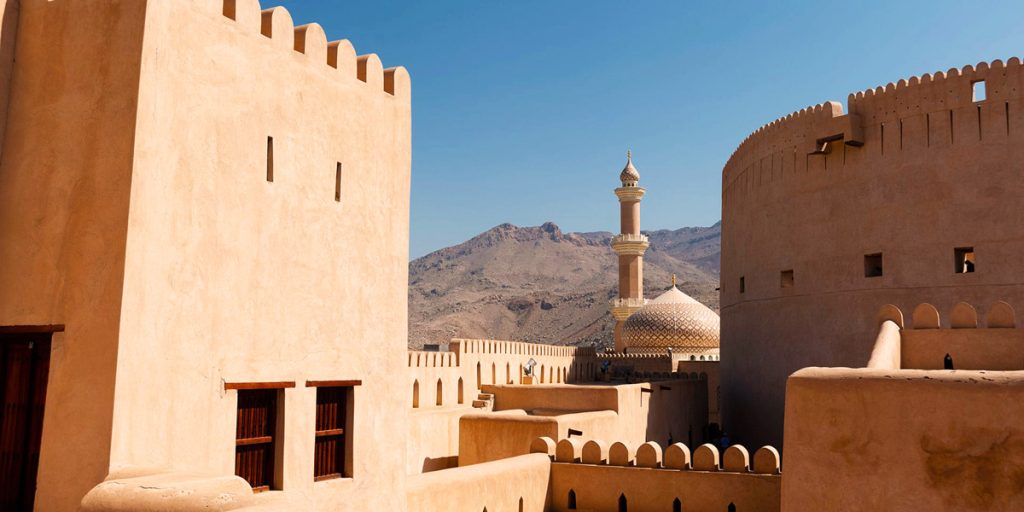
Hidden Gems
Beyond the palaces and museums, Muscat reveals itself in subtler ways—in quiet corners where life unfolds at a slower pace, and where beauty lies in the simple rather than the monumental. These hidden gems invite you to linger, whether it’s a stroll along the Corniche, a sunset by the sea, or a café along the marina. They are the places that locals treasure and visitors stumble upon by chance, offering moments of authenticity that feel intimate and memorable. Muscat rewards those who wander off its main roads, rewarding curiosity with tranquility and charm.
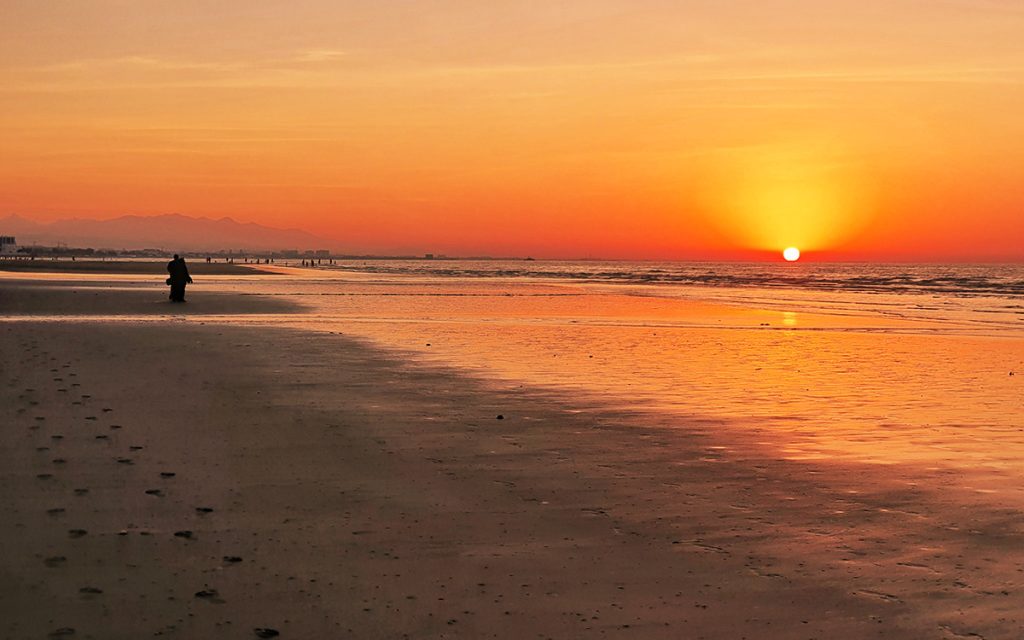
- Qurum Beach at sunset: A tranquil stretch of sand where locals gather, perfect for long walks by the water.
- Al Mouj Marina: A modern waterfront with cafés and boutiques, ideal for relaxing after sightseeing.
- Mutrah Corniche: Stroll past colorful merchant houses, fish markets, and the iconic incense burner monument.
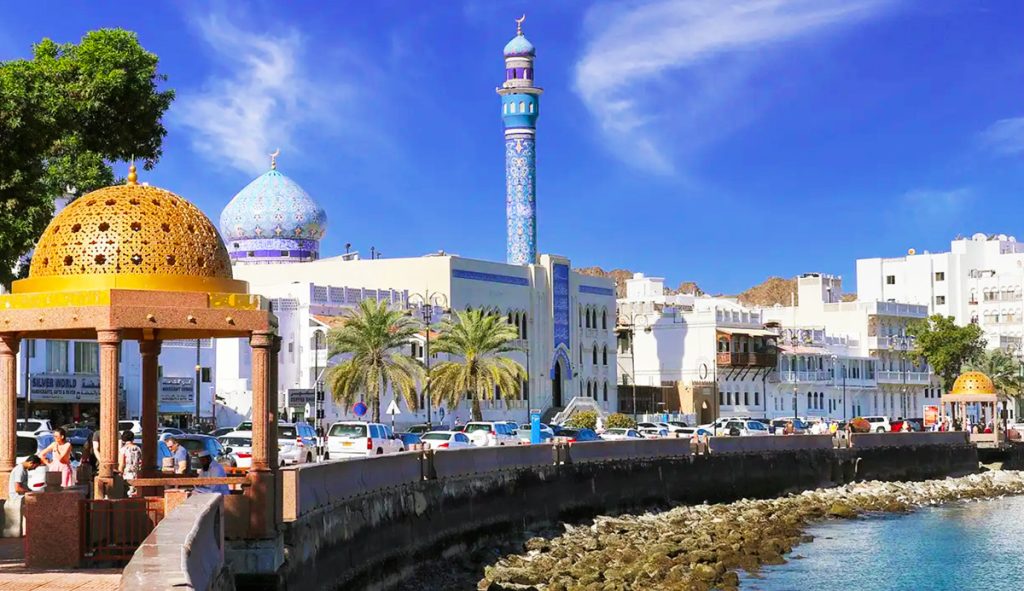
Spotlight: Mutrah Souq
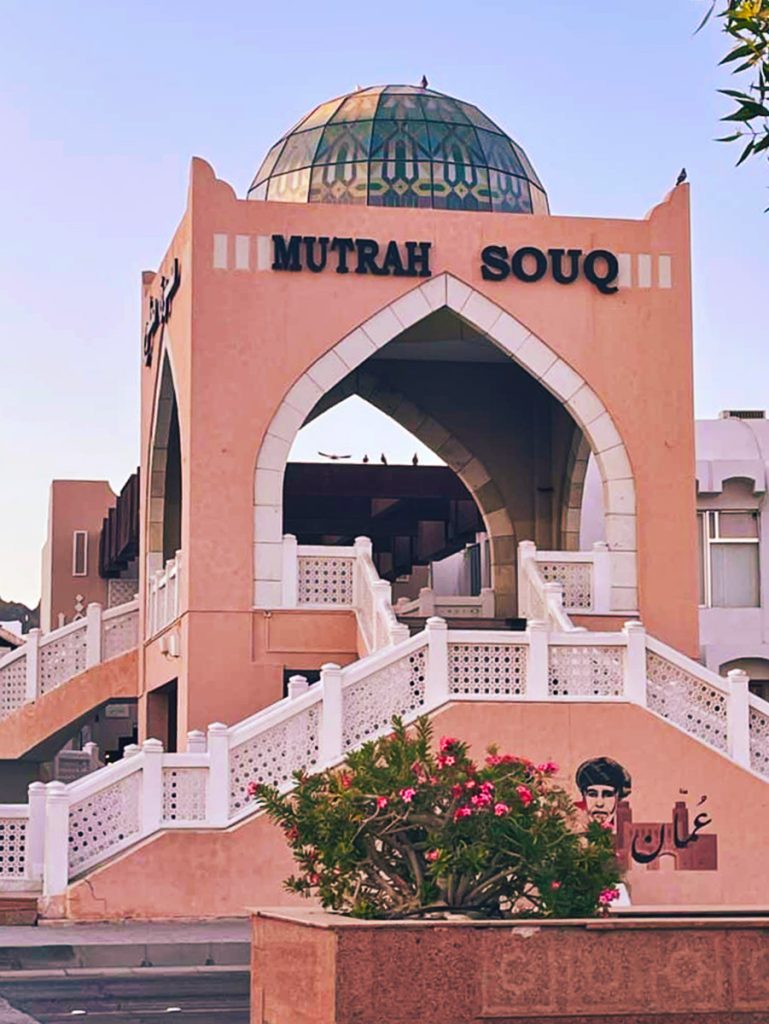
The beating heart of Muscat can be felt in Mutrah Souq, one of the oldest marketplaces in Arabia. It’s not just a place to shop—it’s a living, breathing reminder of Muscat’s role as a trading hub for centuries. The narrow alleys are alive with energy: the scent of frankincense drifting from stalls, merchants offering everything from handwoven rugs to gold jewelry, and the chatter of shoppers negotiating prices. Every turn reveals something new, whether a display of spices glowing in rich reds and yellows, or shelves of intricately designed khanjars. To walk through Mutrah Souq is to walk through time, connecting with generations of Omani culture and hospitality.
The souq is also a feast for the senses when it comes to colors and craftsmanship. Stalls overflow with embroidered textiles, intricate silver jewelry, polished wooden chests, and bottles of perfume infused with oud and rose. Even if you aren’t buying, wandering through this maze is an adventure in itself, where every corner holds a story, and the blending of voices and aromas creates a rhythm unique to Muscat.
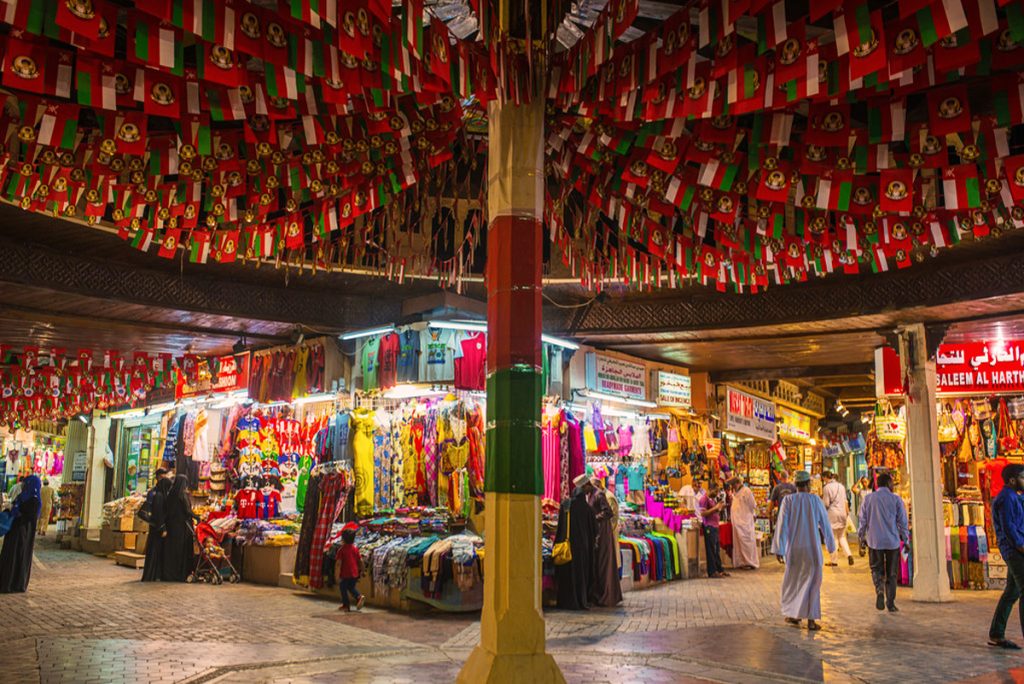
For many visitors, the true charm lies in the small, human moments—a shopkeeper sharing tea while explaining the meaning of a khanjar’s design, or a local mother haggling for spices she’ll use in her family’s kitchen. These encounters remind you that Mutrah Souq is not a stage set for tourists, but a living space where tradition continues to thrive. It is a place to feel the warmth of Omani hospitality while being surrounded by the timeless energy of trade that has defined Muscat for centuries.
Beaches & Nature

Muscat’s natural landscape is every bit as captivating as its cultural heritage. The city sits at the meeting point of desert, mountain, and sea, offering endless opportunities for outdoor adventure. Its beaches, framed by dramatic cliffs and turquoise waters, are perfect for swimming, kayaking, and sailing, while the nearby mountains invite hikers and climbers to explore trails with sweeping views. What makes Muscat unique is this accessibility—within minutes, you can leave the bustle of the city behind and find yourself on a secluded beach or atop a rugged peak. Nature here feels immediate, powerful, and profoundly beautiful.

- Qurum Beach: A long sandy expanse, perfect for relaxing or jogging.
- Yiti Beach: A quieter, rugged spot ideal for picnics and swimming.
- Bandar Al Khayran: Famous for snorkeling and kayaking, with hidden coves.
- Al Hajar Mountains: Towering just outside the city, these peaks invite adventurous hikes and panoramic views.
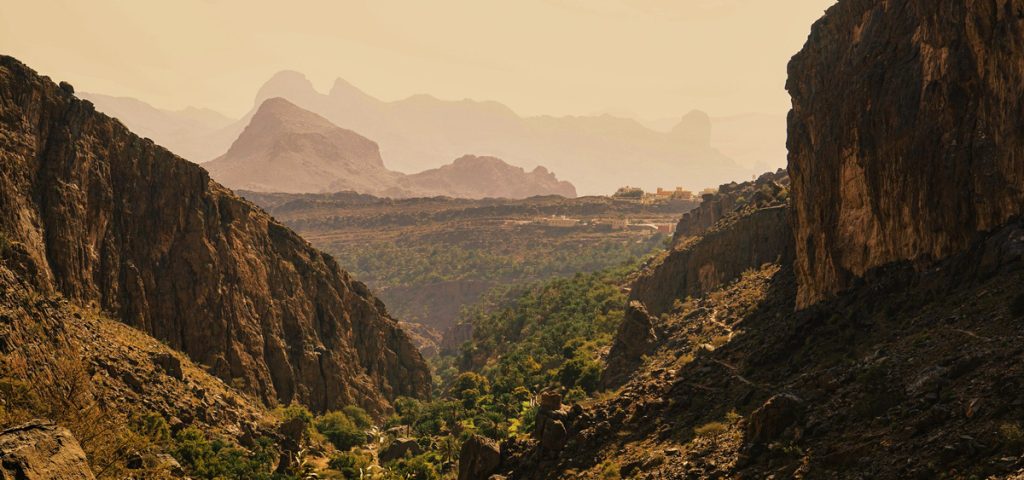
Food & Dining
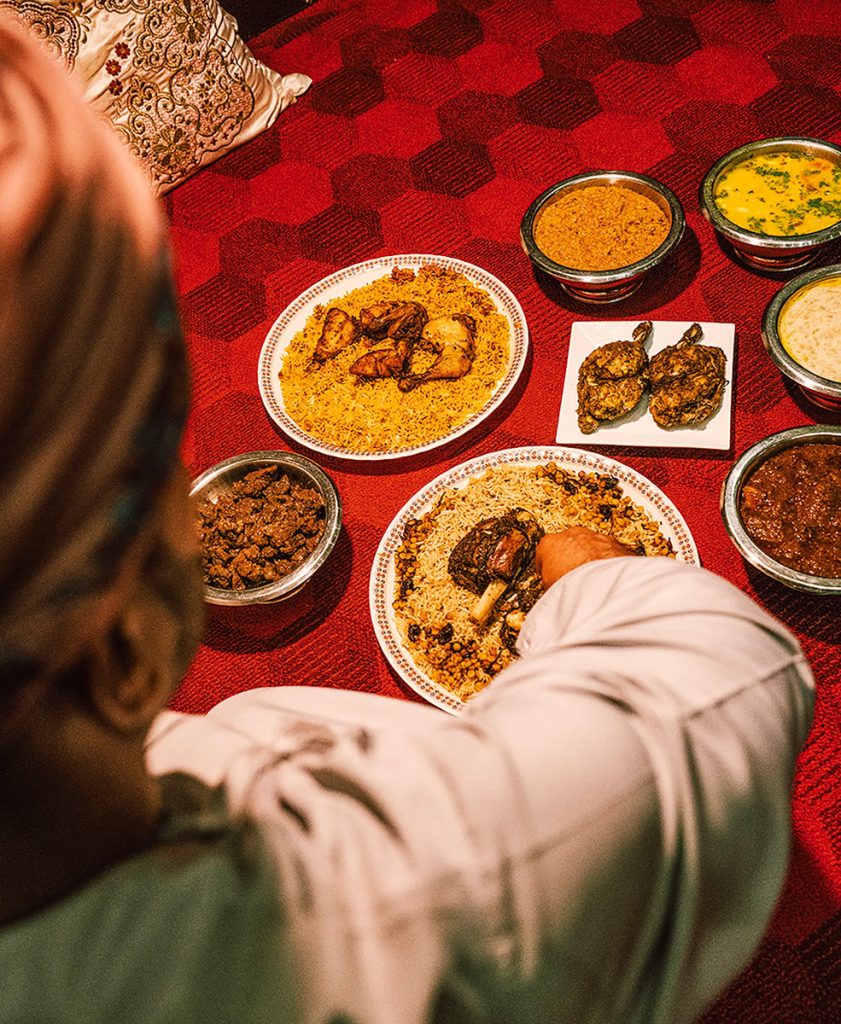
Dining in Muscat is as much about culture as it is about flavor. Omani cuisine is a reflection of centuries of trade, blending spices from India, Arabia, and Africa into comforting dishes that feel both exotic and familiar. Meals often bring people together, and many restaurants capture that warmth—serving food that is generous, aromatic, and deeply satisfying. Yet Muscat also caters to modern tastes, with high-end seaside restaurants and international dining. Whether you’re sharing shuwa in a traditional courtyard or savoring seafood on the shore, eating in Muscat is an experience of hospitality and heritage.

- Kargeen – A beloved Omani restaurant under the stars, serving shuwa and mezze.
- Bait Al Luban – With views of the harbor, this spot celebrates authentic Omani flavors.
- Automatic Restaurant – Popular for Middle Eastern grills at reasonable prices.
- The Beach at The Chedi – A luxury dining experience by the sea, known for seafood and romance.

Day Trips

Muscat is not just a destination in itself—it’s also a perfect launching pad for exploring the diversity of Oman’s landscapes. Just beyond the city limits, adventures await: wadis filled with emerald pools, deserts with rolling dunes, historic forts in ancient towns, and the vast expanse of the Arabian Sea. Each excursion feels like entering another world, yet all are within easy reach of the capital. These day trips allow you to experience the full spectrum of Oman’s beauty, from its rugged terrain to its timeless traditions.
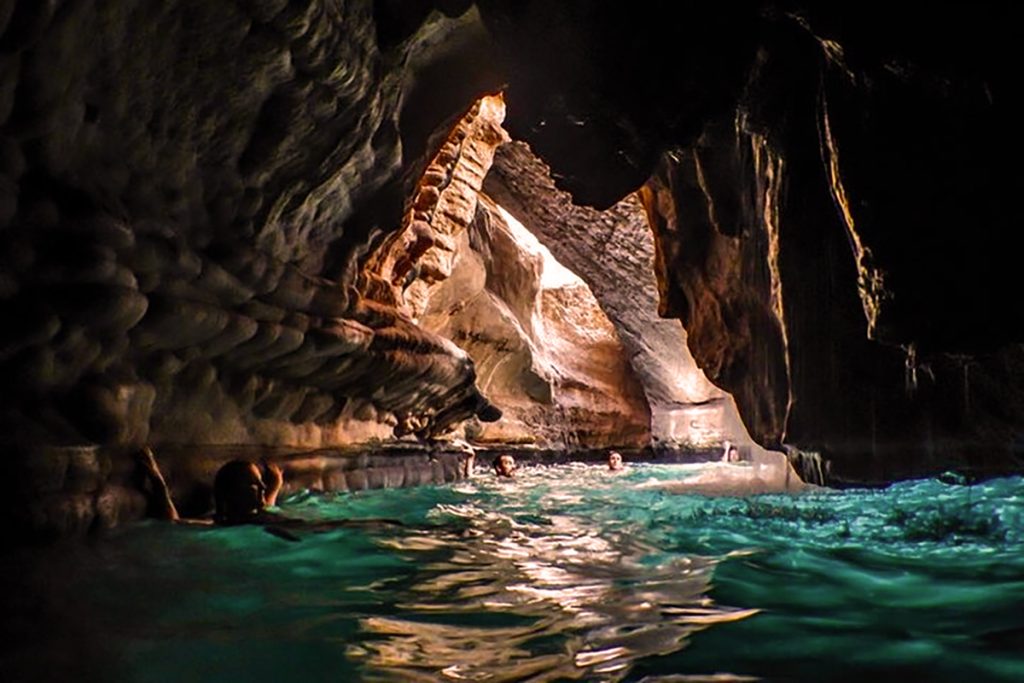
- Wadi Shab: Hike through dramatic canyons and swim in turquoise pools. The journey culminates in a hidden cave where a waterfall crashes into a crystal-clear lagoon, rewarding adventurers with one of Oman’s most magical natural sights.
- Wahiba Sands: A desert adventure of rolling dunes and Bedouin camps.
- Dolphin Watching Tour: Set out from the coast and spot dolphins playing in the Arabian Sea.
- Daymaniyat Islands Snorkeling: A marine nature reserve just offshore, these pristine islands are a haven for snorkelers and divers. Crystal-clear waters teem with colorful fish, coral reefs, and even sea turtles, making it one of Oman’s most unforgettable aquatic experiences.

Spotlight: Jebel Shams – The Mountain of the Sun

Towering above the Al Hajar range, Jebel Shams, or “Mountain of the Sun,” is Oman’s highest peak and one of its most breathtaking natural wonders. Just a few hours from Muscat, the mountain earns its name as the first place in the country to greet the rising sun each morning. More than a mountain, it is a destination of awe-inspiring landscapes, dramatic canyons, and timeless villages perched on rugged slopes.
The highlight of Jebel Shams is the awe-inducing Wadi Ghul, often referred to as the “Grand Canyon of Arabia.” Standing at its edge, the scale is staggering—sheer cliffs plunging into the valley below, with shades of ochre, gray, and gold illuminated by the sun. This natural wonder is best explored on foot, with the famous Balcony Walk leading visitors along the canyon’s edge to abandoned mountain villages clinging to the cliffs.

Life in Jebel Shams is as fascinating as the scenery. Small mountain communities live in harmony with the harsh environment, practicing agriculture on terraced fields and maintaining traditions that have endured for generations. Encounters with locals offer a glimpse of resilience and hospitality in one of the world’s most challenging but beautiful landscapes.
For adventurers, Jebel Shams is a playground of hiking trails, stargazing spots, and cool mountain breezes that contrast with Muscat’s coastal heat. Whether you come for the thrill of trekking or simply to marvel at the vistas, the Mountain of the Sun leaves an impression of raw beauty and profound tranquility.
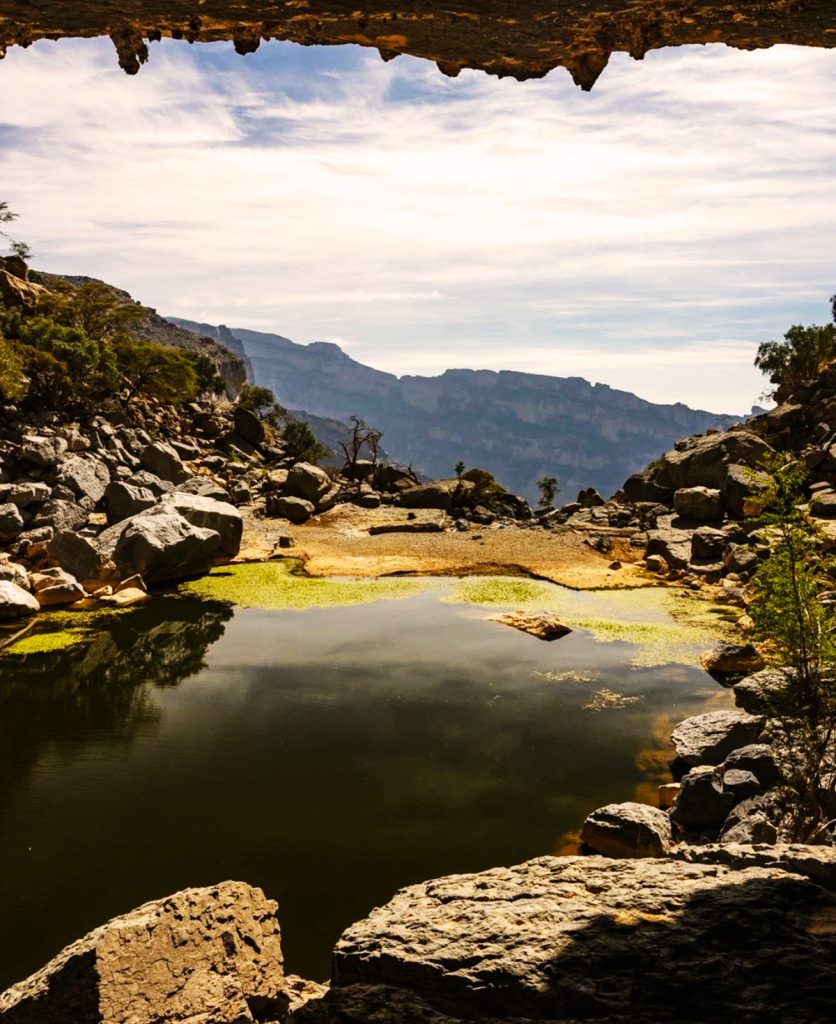
Where to Stay
Accommodation in Muscat reflects the city’s balance between tradition and modernity. Whether you’re looking for a simple guesthouse close to the souqs or a luxurious beachfront resort, the city offers a range of choices that highlight Omani hospitality. Hotels often blend traditional design with contemporary comforts, creating spaces that feel welcoming and culturally rooted. Staying in Muscat is not just about having a place to sleep—it’s about choosing an experience that complements the atmosphere of this elegant city.
- Budget: Mutrah Hotel – Cozy, central, and steps from the Corniche.
- Mid-Range: Ramada Encore – Comfortable and convenient for exploring.
- Luxury: The Chedi Muscat – A world-renowned resort of minimalist elegance, pools, and private beach access.

Final Thoughts

Muscat is a city that reveals itself slowly—through the scent of frankincense in its markets, the call to prayer echoing across the mountains, and the serene rhythm of its beaches. It doesn’t overwhelm with noise or spectacle; instead, it invites you to pause, connect, and discover a culture that honors its traditions while embracing the future. Muscat is Oman’s heart—gentle, dignified, and unforgettable.

